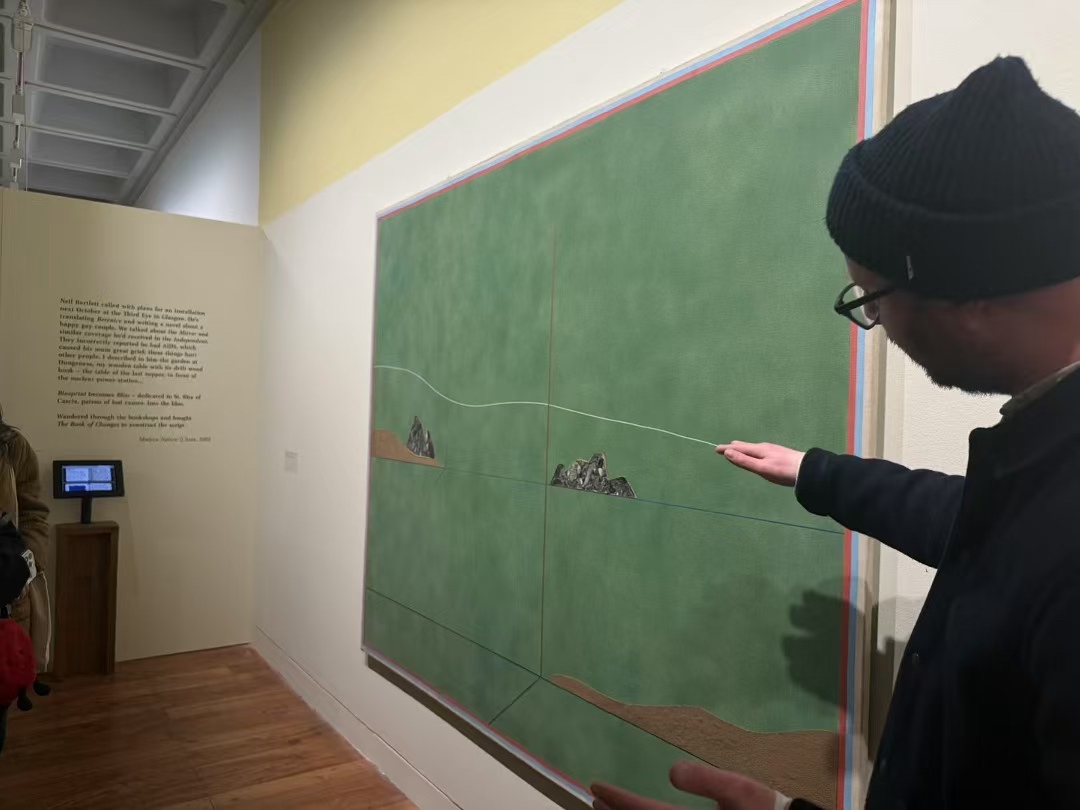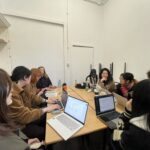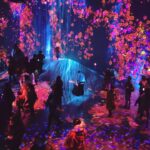This week, our field trip to Glasgow provided an invaluable opportunity to observe, analyze, and reflect on curatorial methodologies in action. Visiting multiple institutions—including the Hunterian Art Gallery, Tramway, and GOMA (Gallery of Modern Art)—allowed me to compare how different spaces approach exhibition design, audience engagement, and critical discourse.
1. The Hunterian Art Gallery: Historical Context and Curatorial Framing
Our first stop was The Hunterian, where we explored a range of curatorial approaches. The Jarman exhibition was particularly striking, not only in its thematic focus on AIDS activism, sexuality, and personal storytelling but also in how the curatorial framing shaped the audience’s experience.
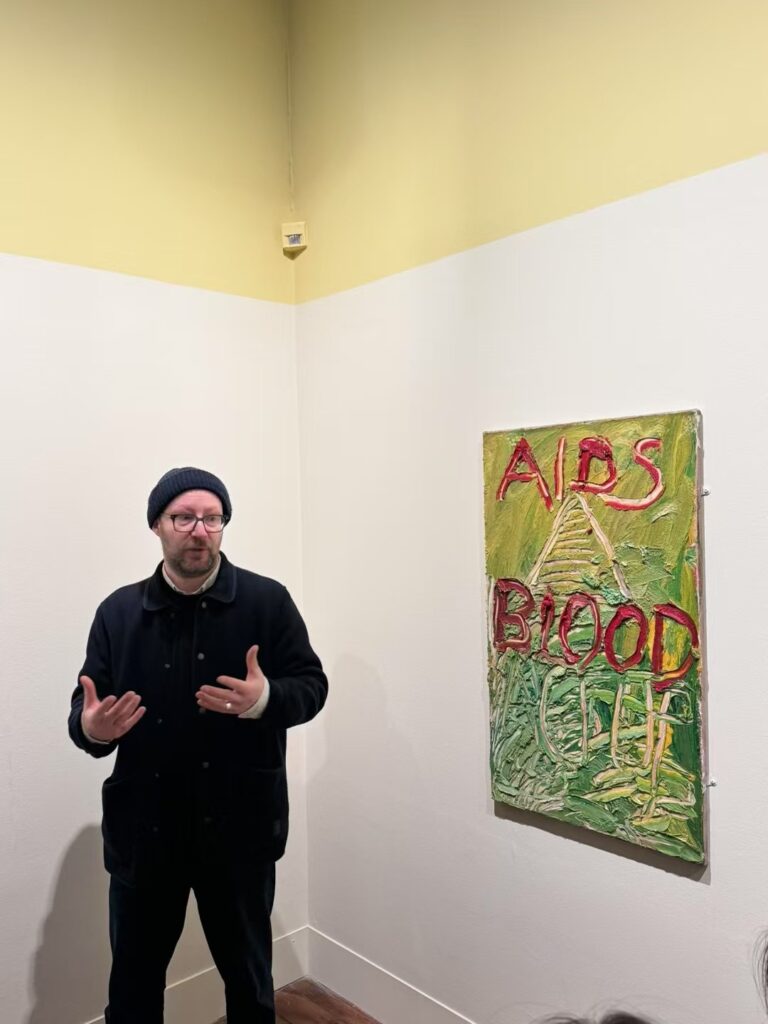
📌 Key observations:
✅ The archival approach blended text-heavy wall labels with visual storytelling, reinforcing Jarman’s political and personal narratives.
✅ The juxtaposition of paintings, photographs, and press cuttings created a layered historical perspective, showing how public perception and personal identity intersect.
✅ The use of bold color choices in exhibition spaces enhanced the emotional impact—particularly in how AIDS activism was presented.
One of the most powerful pieces was the wall of newspaper clippings, illustrating the media’s sensationalism and public discourse surrounding AIDS in the late 20th century. This made me think about how text-based curation can serve as both an informative and emotionally charged tool.
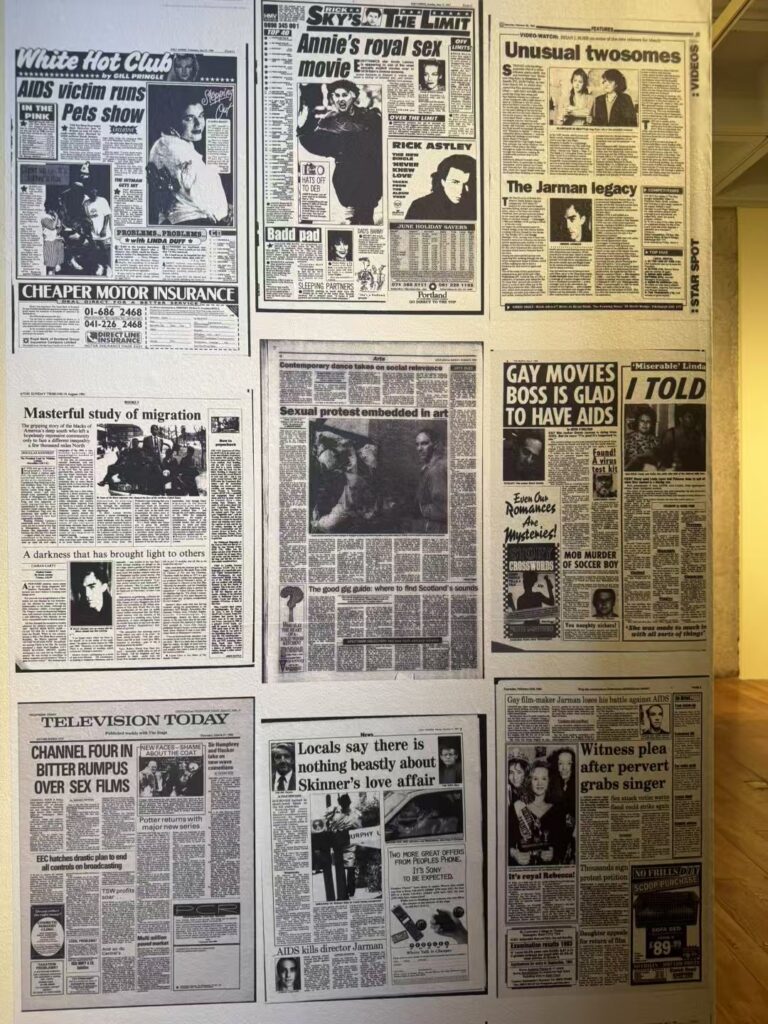
🚀 Takeaway for my own project:
This visit made me reflect on how visual storytelling and archival material can be integrated into my own exhibition. While my project is interactive and immersive, could elements of historical documentation enhance audience engagement?
2. Tramway: Spatial Narratives and the Power of Immersion
Our second stop at Tramway introduced me to more experimental and spatially dynamic curatorial strategies. The exhibitions of Maud Sulter (You Are My Kindred Spirit) and Leanne Ross offered contrasting but equally thought-provoking approaches to curation.
📌 Key observations:
✅ Sulter’s exhibition explored Black female identity, historical representation, and cultural memory, using large-scale portrait photography and poetic texts.
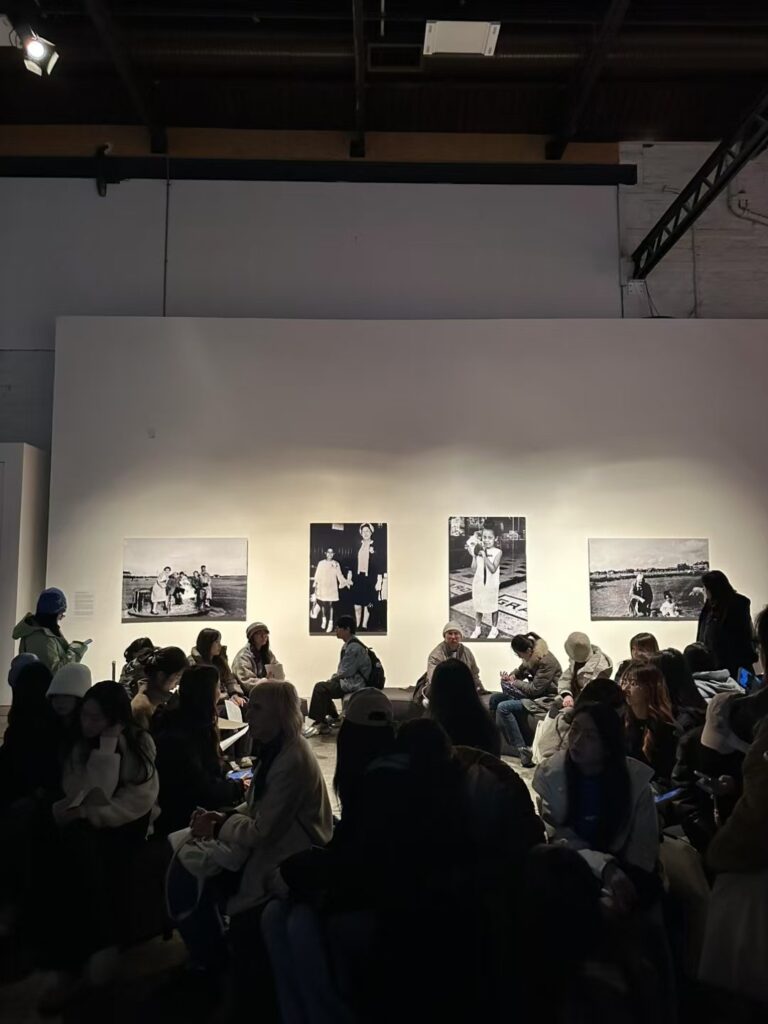
✅ Leanne Ross’ work was highly site-responsive, incorporating sound, projection, and suspended fabric panels to create an immersive experience.
✅ The use of suspended screens and layered projections blurred the line between audience and artwork, making movement a key part of engagement.
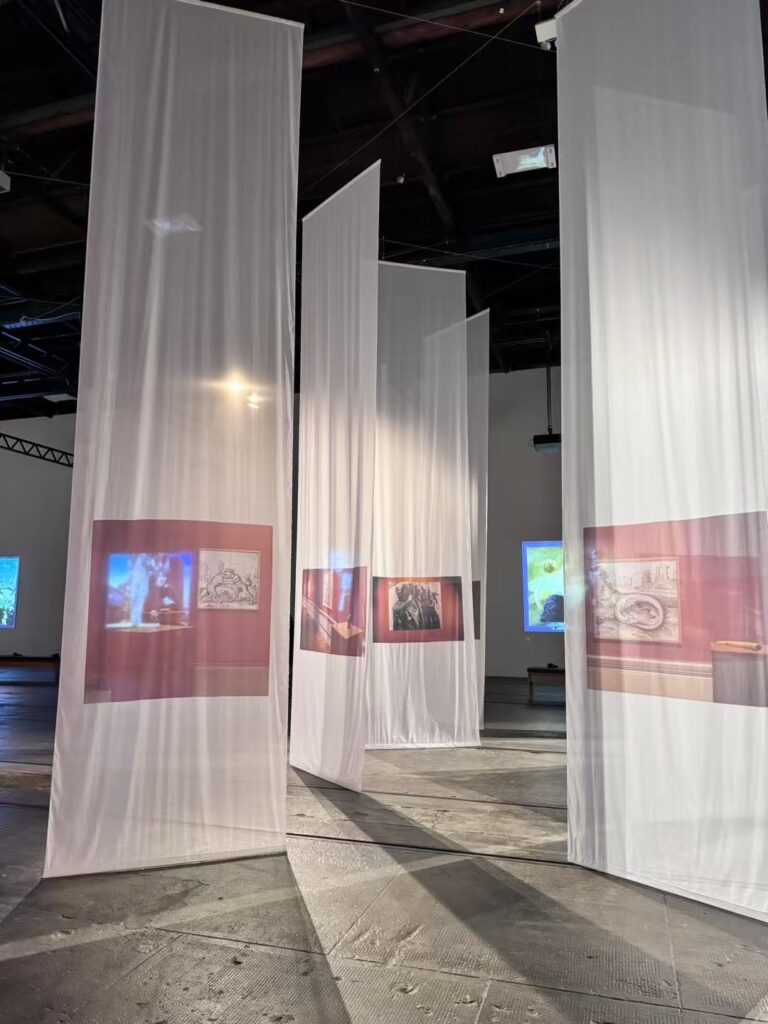
🚀 Takeaway for my own project:
This experience directly relates to my exploration of interactive and immersive exhibition formats. I was particularly inspired by the physical layering of projection surfaces—a technique that could be adapted into my own project to enhance audience agency and multi-narrative engagement.
3. GOMA: Institutional Curating and Public Engagement
Our final visit to GOMA (Gallery of Modern Art) provided a contrast to the more experimental approaches seen at Tramway. As a publicly funded institution, GOMA’s exhibitions reflected a more structured and text-heavy curatorial approach, focusing on clarity and accessibility.
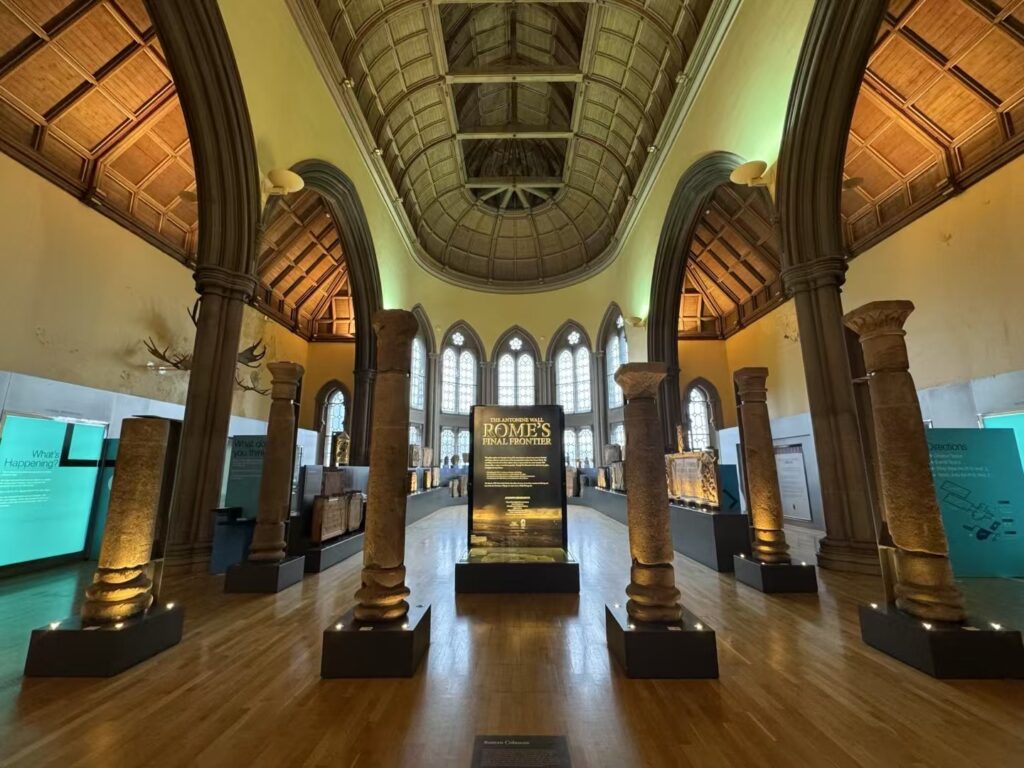
🚀 Takeaway for my own project:
GOMA’s approach reminded me of the importance of providing contextual entry points for audiences. While my project emphasizes interactive and nonlinear engagement, how can I ensure that audiences have enough context to navigate the experience without feeling lost?
